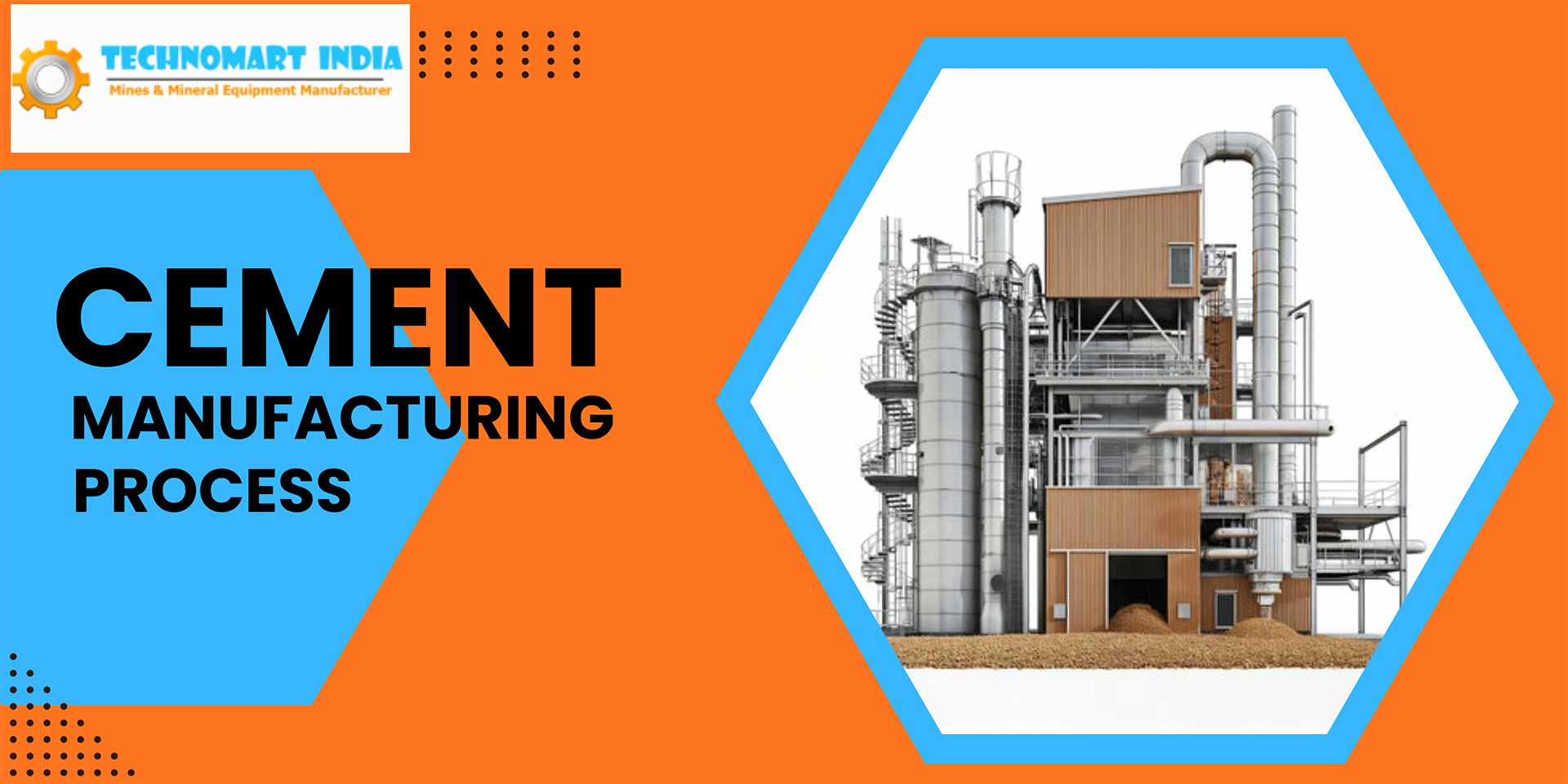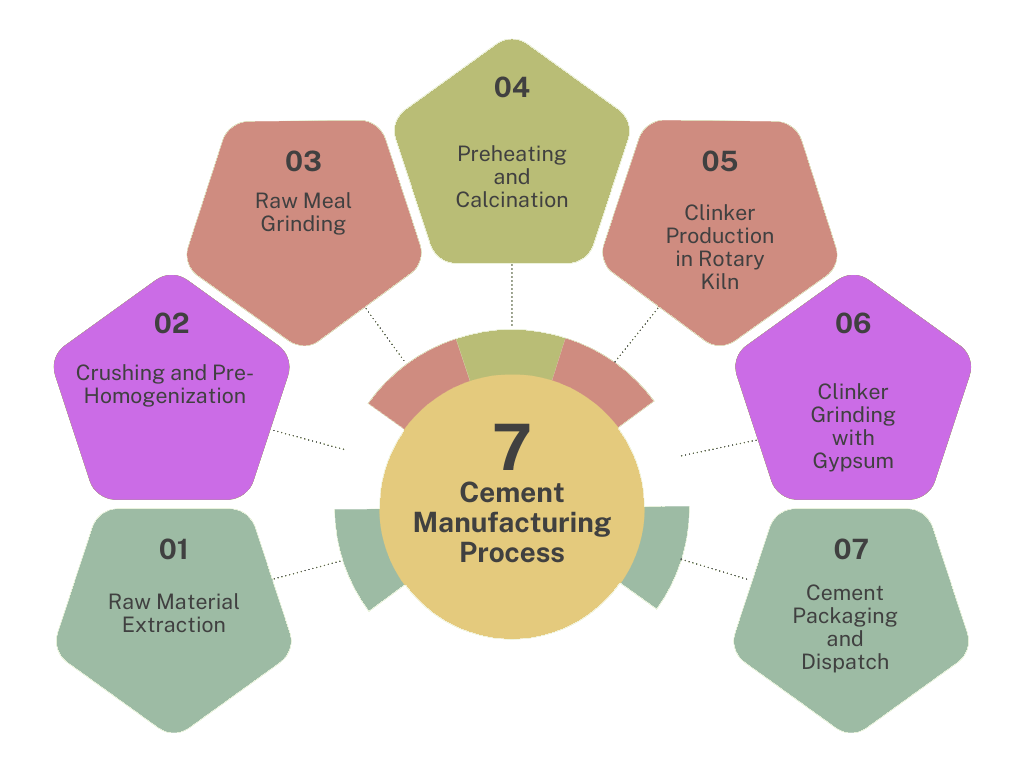


Admin 18 Sep 2025
Cement is one of the most essential building materials in the world, playing a vital role in modern construction. From residential homes to towering skyscrapers and vast highways, cement serves as the backbone of infrastructure development. But have you ever wondered how cement is made? The cement manufacturing process is a carefully engineered series of steps that transform raw materials into a fine, grey powder that binds concrete and mortar together. Let’s explore the entire process in detail.
To produce cement, manufacturers rely on naturally occurring raw materials such as limestone, clay, and silica, which are abundant and widely available across different regions. These raw materials undergo several mechanical and chemical processes, transforming them into the binding agent we commonly recognize as cement. This transformation is not only a feat of industrial engineering but also a process that has been refined over decades to ensure maximum efficiency, consistency, and quality.

The first step in the cement manufacturing process is the extraction of raw materials. The primary raw materials used in cement production are limestone, clay, and silica. These are usually extracted from open-pit mines or quarries located near the cement plant to reduce transportation costs.
The raw materials are usually blasted using controlled explosives and then transported by dumpers to the crushing area.
Once extracted, the large rocks of limestone and other materials are sent to crushers, where they are reduced to smaller sizes. Jaw crushers and hammer crushers are commonly used for this purpose.
After crushing, the materials are stacked in pre-homogenization yards. This step ensures a consistent and uniform chemical composition by blending different grades of limestone and other materials before further processing. This consistency is crucial to produce high-quality cement.
In the next stage, the blended raw materials are fed into grinding mills to form a fine powder known as raw meal. This process is known as raw milling.
The grinding can be done using:
During grinding, the moisture content is controlled, and drying may be required depending on the raw material's natural moisture. The resulting raw meal is stored in silos until it is ready to be fed into the kiln.
The next step is the preheating of the raw meal in a preheater tower, which consists of a series of cyclone chambers. Hot gases from the kiln rise through the tower, heating the raw meal as it descends.
This process significantly increases energy efficiency and prepares the raw meal for calcination, which is the thermal decomposition of calcium carbonate into calcium oxide (lime) and carbon dioxide:
CaCO₃ → CaO + CO₂↑
Calcination usually takes place in a calciner connected to the preheater tower before the material enters the main kiln.
The heart of the cement manufacturing process lies in the rotary kiln, a long cylindrical steel tube that rotates at a slight incline. The kiln reaches temperatures of around 1400°C to 1500°C, where the real transformation happens.
Inside the kiln:
These nodules exit the kiln at high temperatures and are rapidly cooled using air in a cooler to prevent alteration in their composition and ensure good grinding properties.
Once cooled, the clinker is mixed with a small quantity of gypsum (around 3-5%). Gypsum is added to control the setting time of the final product. Without it, cement would set too quickly when mixed with water.
This mixture is then sent to grinding mills, where it is ground into the fine powder known as cement. The particle size of cement is crucial for its strength and quality, and advanced separators ensure only the required fineness is achieved.
In some cases, blended cements are produced by adding materials like:
These improve specific properties like workability, durability, and environmental performance.
The cement manufacturing process is a well-orchestrated industrial operation involving several precise stages—from raw material extraction to clinker production and final grinding. Each step contributes to the quality, performance, and sustainability of the cement we use every day. With advancements in technology and a growing focus on sustainability, the industry continues to evolve, ensuring that cement remains the backbone of global infrastructure development.